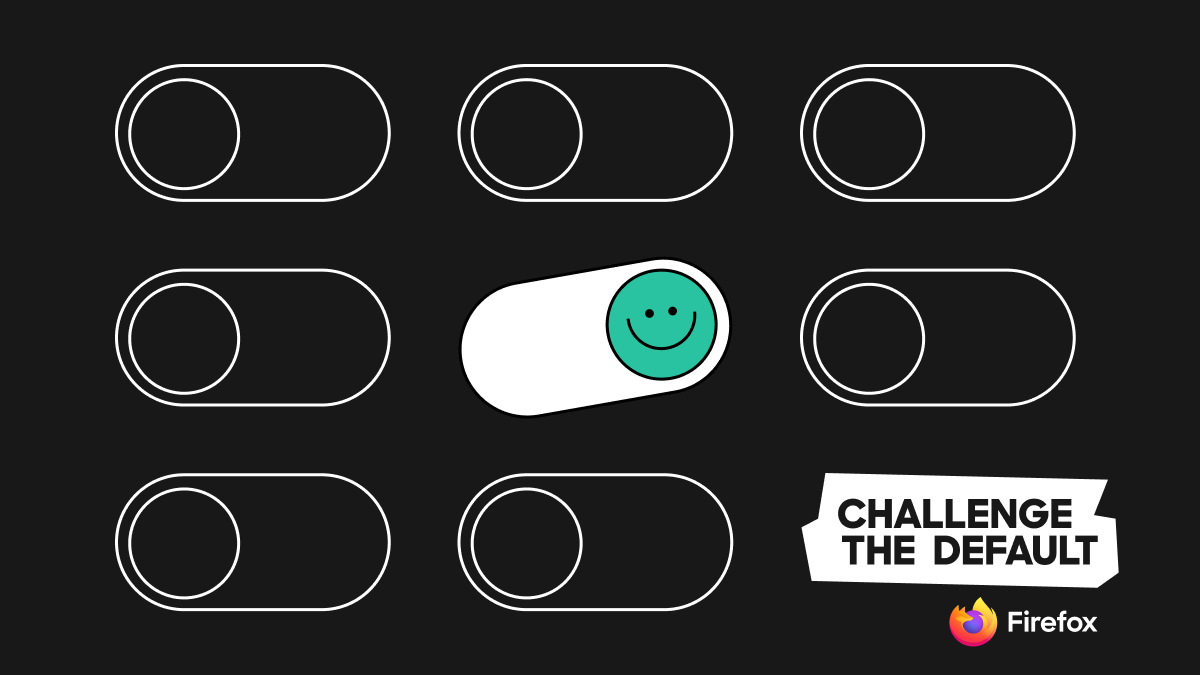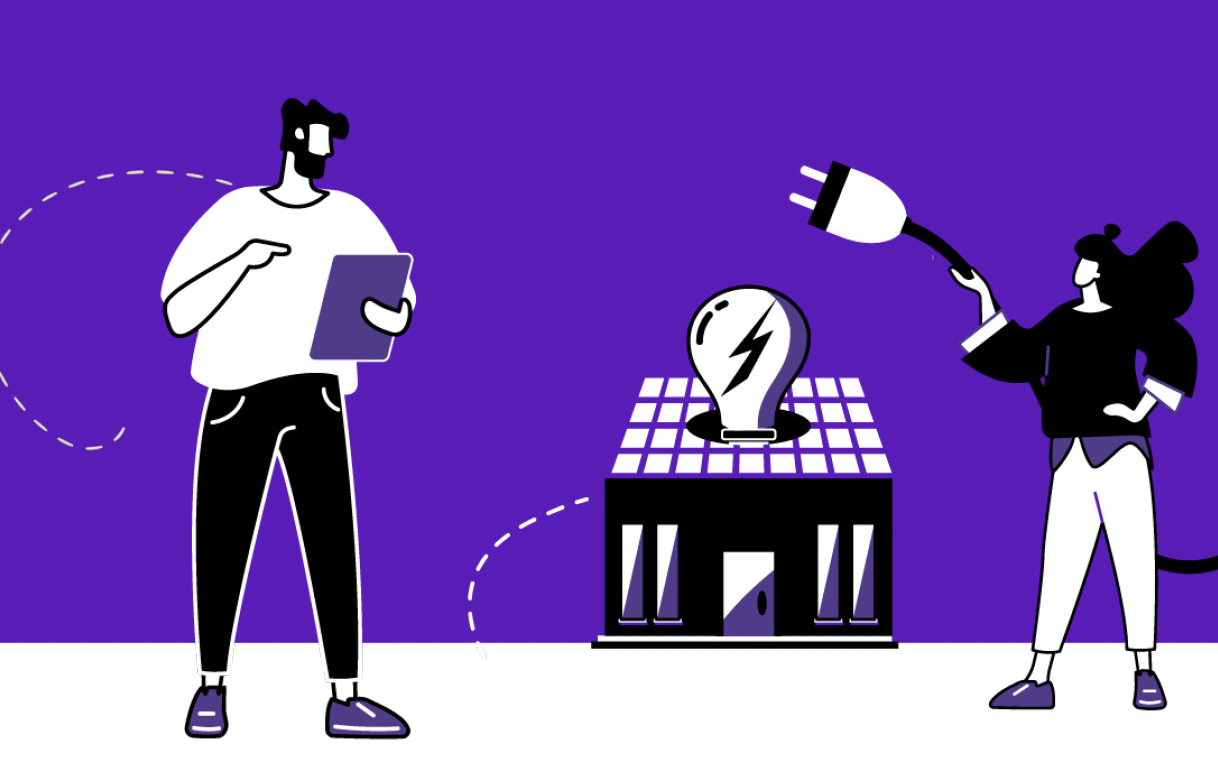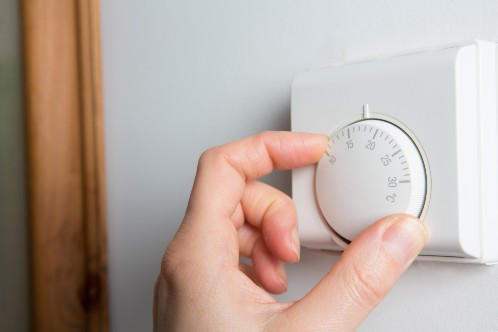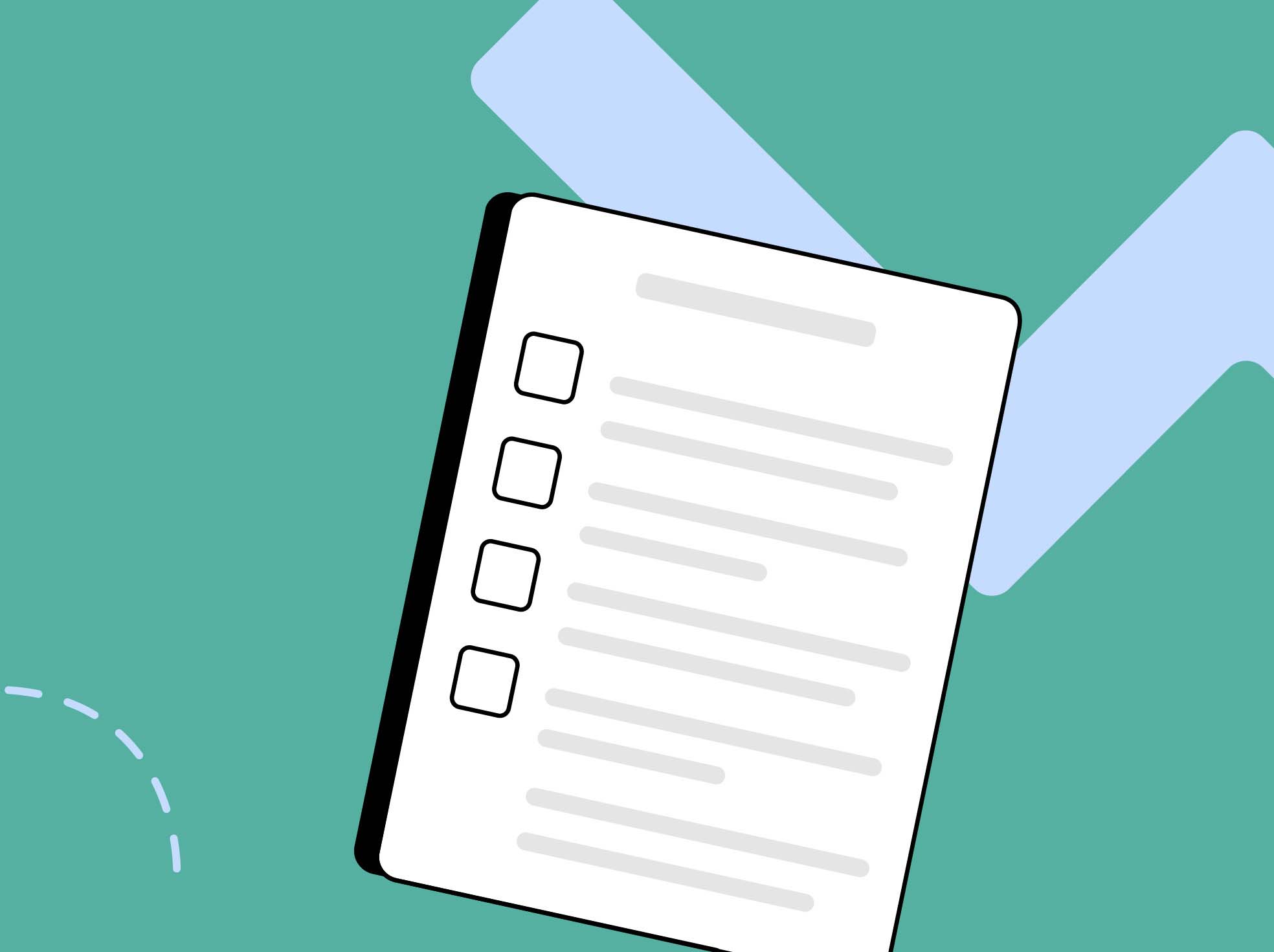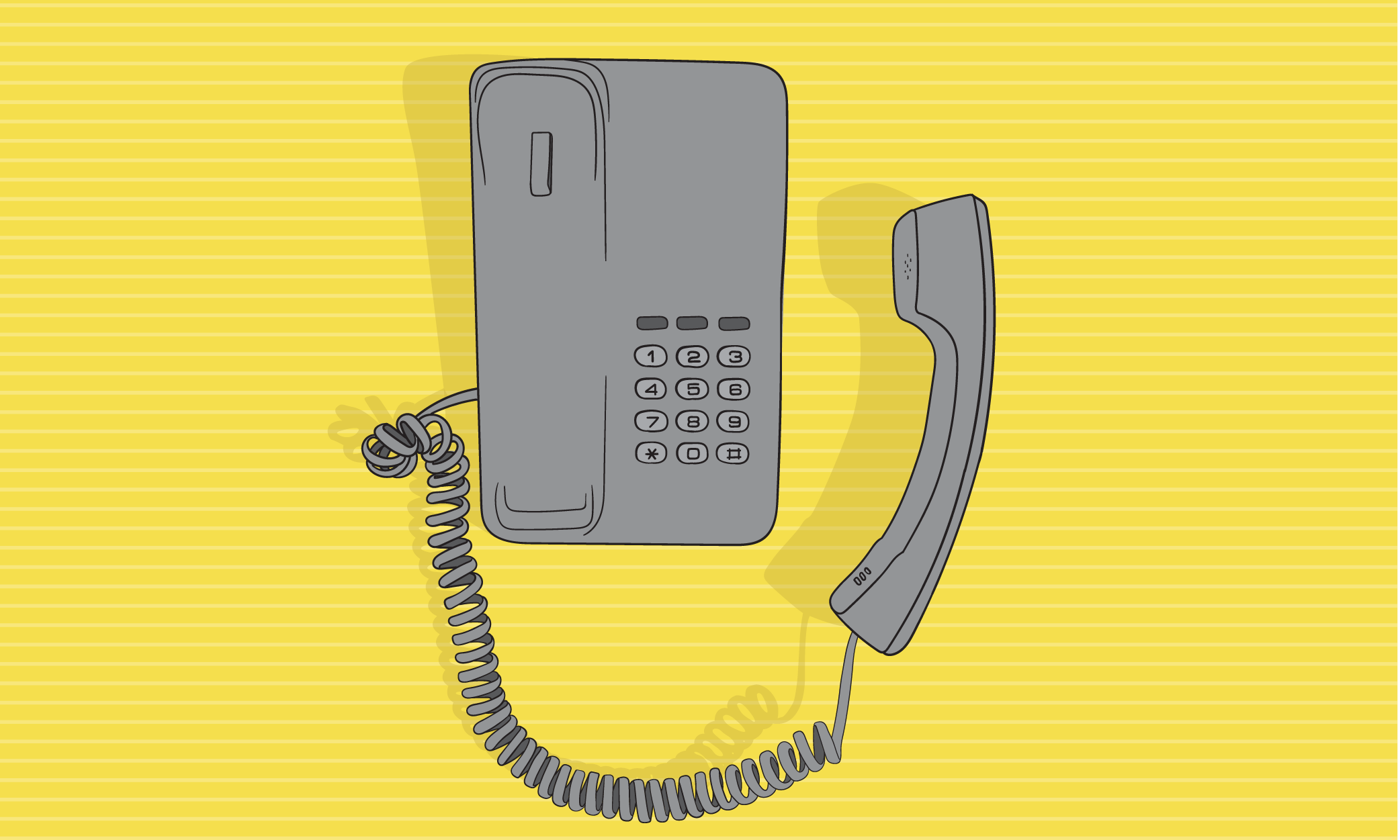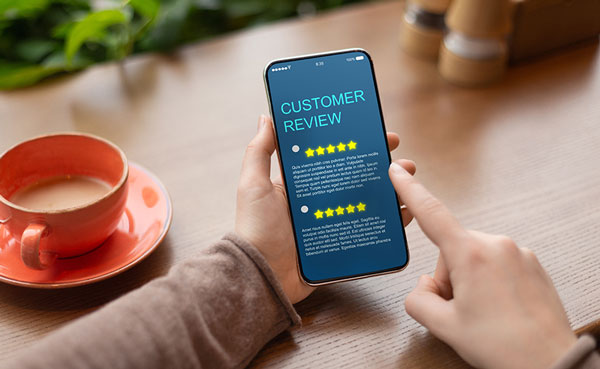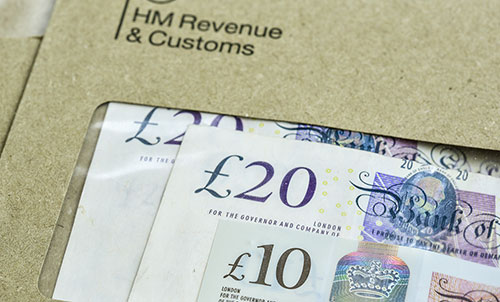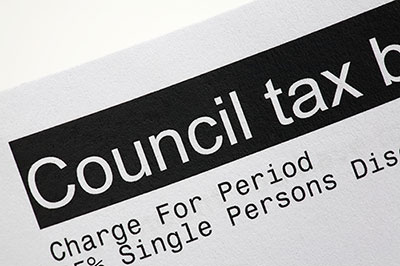Consumer Protection
Understanding how online fake reviews influence consumer decision-making
2020
PARTNERS
Which?
Share
Working in partnership with Which?, we show that online fake reviews can influence people to buy low quality products, but this effect can be reduced with information interventions that are easy to implement.
Online reviews appear to have a substantial influence on where shoppers put their money. The Competition and Markets Authority (CMA) has estimated that £23bn of UK consumer spending each year is influenced by online customer reviews. But what happens when reviews are faked or incentivised?
We worked with Which? to explore the effects of online fake reviews. A representative sample of 10,000 UK residents took part in an online experiment in which they were asked to choose between 5 items, presented as they would be on a major online retail platform, with varying degrees of fake reviews. We found that fake reviews indeed influenced purchasing behaviour, leading people to buy low quality products, but easy-to-implement information interventions can help alleviate these effects.
Testing the selling power of fake reviews
We began by asking whether fake reviews – which are prevalent, according to recent Which? research – actually make consumers more likely to buy products of inferior quality by, for example, shifting choices away from high or mid quality products. On top of this, we wanted to know what specific features of fake reviews influence people. Is it the overly positive text reviews or the resulting increases in ratings and rankings that influence people most?
In order to answer these questions, we designed an experimental survey that allowed participants from the UK to choose between 5 different products, presented as they would be on a major online retail platform. Products ranged from Which?’s ‘Best Buy’ to ‘Don’t Buy’ categories. Of the ‘Don’t Buy’ products, one had fake reviews, and the rest had real reviews.
We found that all the fake features we tested had an effect on consumers, making them up to 14.5% more likely to choose the ‘Don’t Buy’ product in comparison to when participants were not exposed to fake features. That is, when faced with a choice of purchasing a Which? ‘Best Buy’ item, three comparable mid-level items, and a ‘Don’t Buy’ item, participants were more likely to move their choices away from the high and mid quality items to the low quality item if it had any fake review elements.

Detail of the banner alerting participants to the potential for fake reviews
Protecting consumers from the lure of fake reviews
In our survey, we also tested a possible remedy to the influence of fake reviews on consumer choices. In one treatment of our experiment, participants saw the low quality item with fake reviews, but on top of the page they also saw an information bubble alerting them to the potential for fake reviews, with some simple tips for identifying them (like spotting text reviews with abnormal grammar or no punctuation).
We found that this relatively easy-to-implement information bubble significantly reduced the chances that people would be swayed by the fake reviews on the low quality product. While this intervention did not completely mitigate the allure of the fake reviews, it did make participants much less likely to go for the bad products compared to when any features of fake reviews were there without the warning bubble.
This study provides hope to the many online retailers and sales platforms whose algorithms for presenting products can be manipulated by fake or incentivised reviews: there is a way to protect consumers from these insidious practices, and the solution is cheap and simple to implement.



